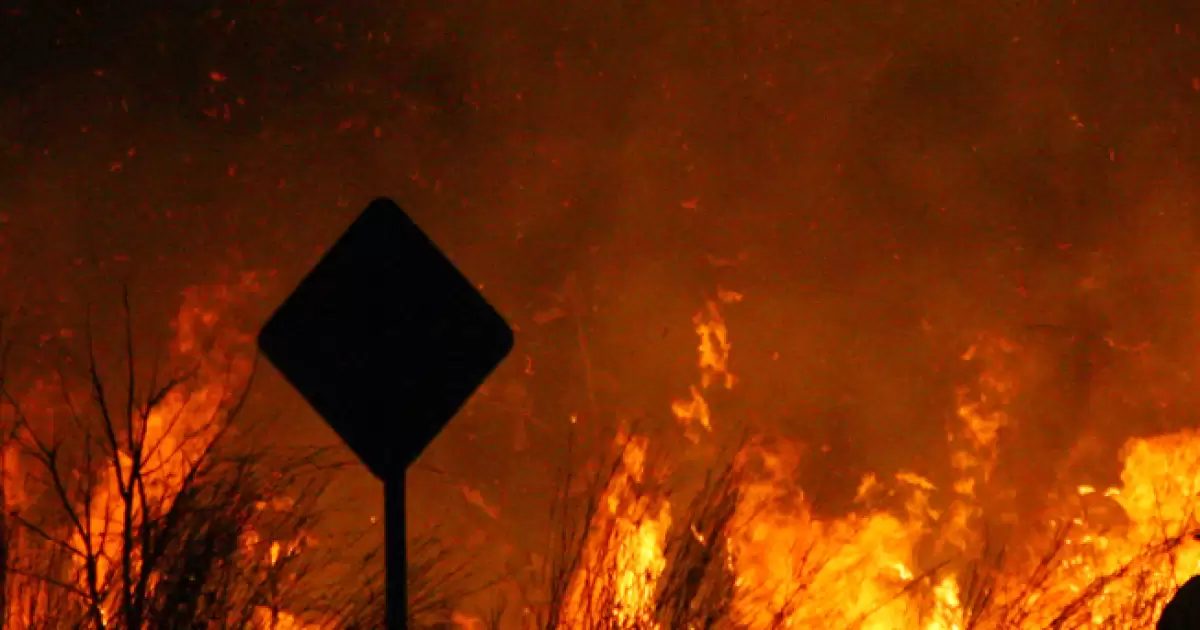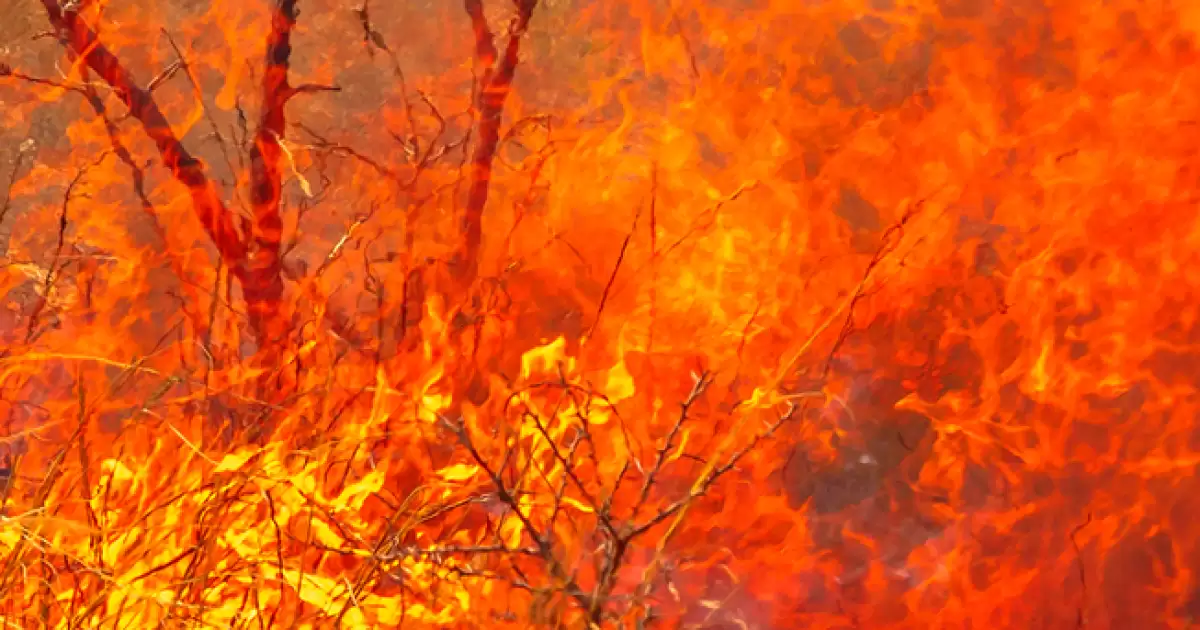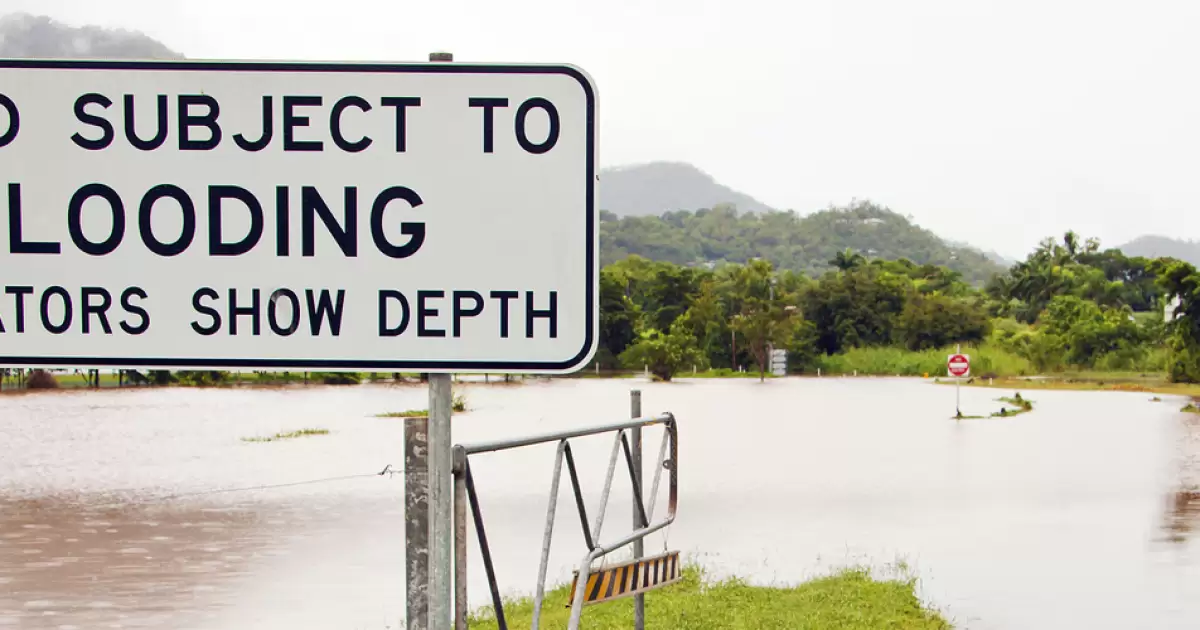Australia has tropical conditions in the north, dry desert in the centre and conditions ranging from dry to heavy rain and snow in the south.
Much of Australia is fairly arid, 80% of it having a rainfall of less than 600 millimetres per year, while 50% has even less than 300 millimetres. Australia's rainfall is easily the lowest of the five continents (excluding Antarctica).
In desert areas the summer temperature can exceed 45C and very little if no rain. Rain events can cause dangerous flooding and areas can be isolated for several days. This includes parts of Western Australia, Northern Territory, South Australia, Victoria, New South Wales and Queensland.
Climatic Events
Tropical Cyclones
Cyclones have caused an insurmountable amount of damage and deaths over the years, and will always have the potential to take lives. However, heavy death tolls are less likely in Australia now due to the watchful eye of satellites, and enhanced warning and communication capabilities.
Severe Thunderstorms
Severe thunderstorms can occur anywhere in Australia. You will find that most Australians can vividly recall at least one major thunder, wind or hailstorm in their area. They come in all manner and form, and all over Australia. Severe thunderstorms cause more damage in Australia each year than any other natural hazard.
Drought
Droughts are probably the most economically costly climatic phenomena that afflict Australia. Droughts can cause fires & dust-storms. The most damaging type of drought is when one or two very dry years following several years of below-average rainfall.
Floods
Most of the country is susceptible to flooding, either in the form of localized flash flooding from intense thunderstorms, or more widespread and longer lasting inundations which result from heavy rain over the catchments of river systems. Northern Australia has what is called the “wet season” when very heavy rain and flooding makes some areas inaccessible.
Fire
Hot weather, long dry periods, and volatile natural vegetation makes most parts of Australia particularly vulnerable to fire. The dry summer months are the danger time for southern Australia, as are the winter months over northern Australia.
Heat and Cold
Australia can be subject to fierce heat, with very high temperatures (high 30s or even 40s) can persist for days, which can lead to heat exhaustion or death, particularly among the very young or old. Northern Australia’s “dry season” can have high daytime temperatures. By November, the average maximum temperatures over northern and central Australia climbs to the high 30s and low 40s in some regions. Snow usually only occurs in the highland areas of south eastern Australia, and can produce some great skiing seasons.
These weather events can be severe and pose a threat to personal safety:
- Dehydration and heat stroke can occur in high temperatures.
- Hypothermia is a risk in wet cold conditions.
Check weather forecasts with the Bureau of Meteorology.







